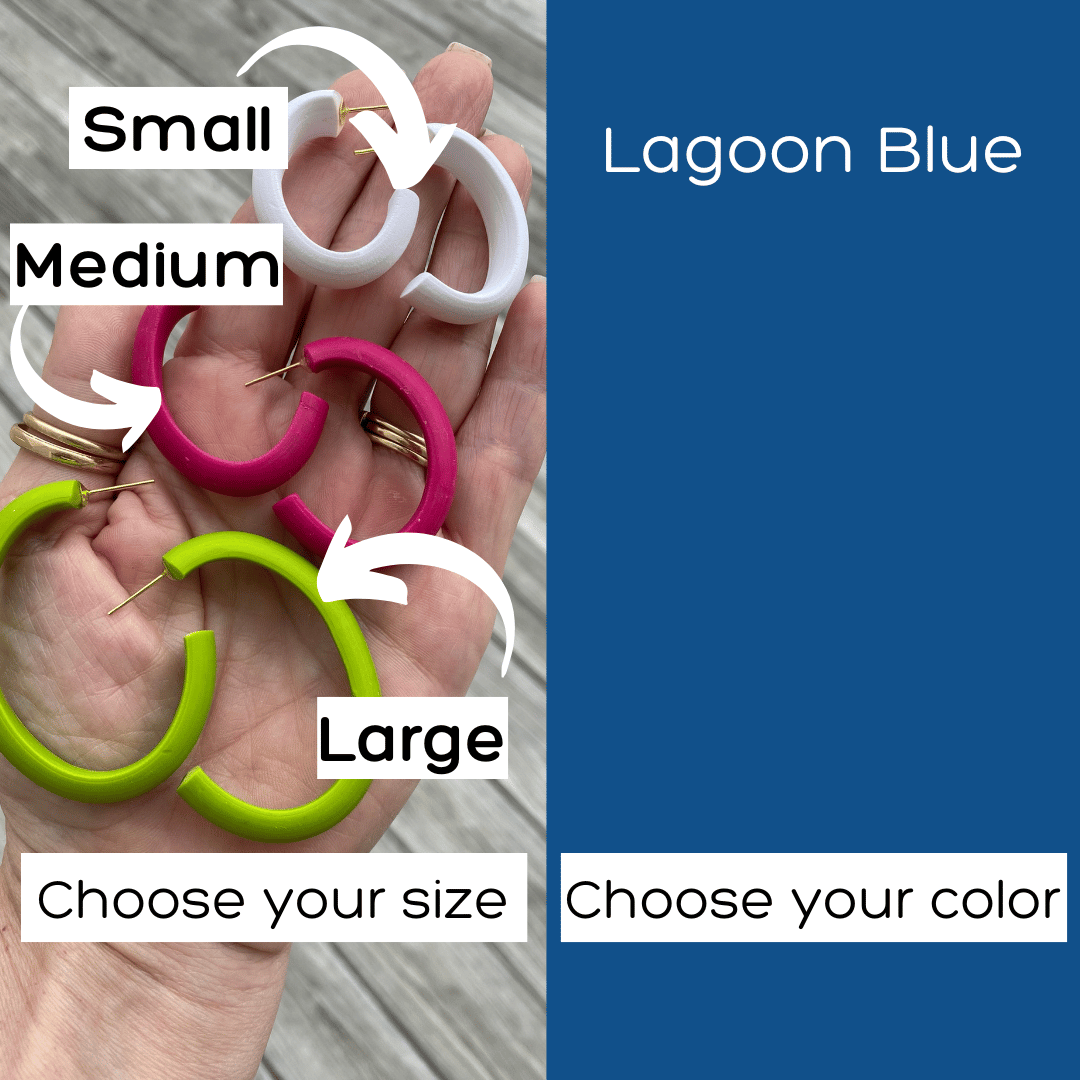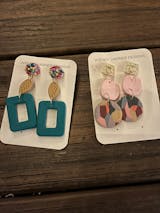
How I soften up my HARD polymer clay?
Share
When I first started with polymer clay, I encountered the frustration of hard clay. It's a common problem that I learned to rectify with the right techniques.
- Kneading: One of the simplest and most effective ways to soften hard polymer clay is through kneading. Take the hardened clay and begin to knead it between your hands, applying gentle pressure. The heat from your hands will help soften the clay, making it more pliable. Continue kneading until the clay reaches the desired consistency. You can also use your pasta machine to knead the clay which is my favorite method. Saves my poor hands!
- Adding Softener: If kneading alone isn't doing the trick, you can try adding a softening agent to the clay. There are commercially available products specifically designed for softening polymer clay, such as clay softeners. Simply follow the manufacturer's instructions for adding the softener to your clay, and knead it thoroughly to distribute the product evenly. Be careful and only add a drop or two at a time so that you don't accidentally use too much.
- Heat: Heat can also be a helpful tool for softening hard polymer clay. You can try placing the clay in a warm environment, such as near a heater or in direct sunlight, for a few minutes to soften it up. Alternatively, you can use a hairdryer on a low heat setting to gently warm the clay while kneading it. But honestly, just holding it in your hand for a few minutes really helps.
- Mixing with Fresh Clay: Another option is to mix the hard clay with a small amount of fresh, soft clay. Break the hard clay into small pieces and mix it thoroughly with the soft clay until the two are well combined. This method not only softens the clay but also allows you to create unique color blends for your earrings.
- Storage: Prevention is always better than cure. To avoid your polymer clay hardening in the first place, make sure to store it properly. Keep your clay in an airtight container or plastic wrap when not in use, and store it in a cool, dry place away from direct sunlight. Also, try to use the clay sooner rather than later.
This lemon lime clay gave me a little bit of trouble but I was able to create these beauties!
I've used all of these techniques and I've been successful with all of them to be honest. Soft clay is happy clay! Experiment with different methods to find the one that works best for you and your creative process. Don't let stiff clay stand in the way of your artistic vision; soften it up and let your imagination soar!
Like this post? Read more here.
Would you like one on one polymer clay training with me? Register here!
Like saving money on cool earrings? Click here to receive my newsletter AND get 20% your first online purchase.
See all of the products I currently have available here.


























































